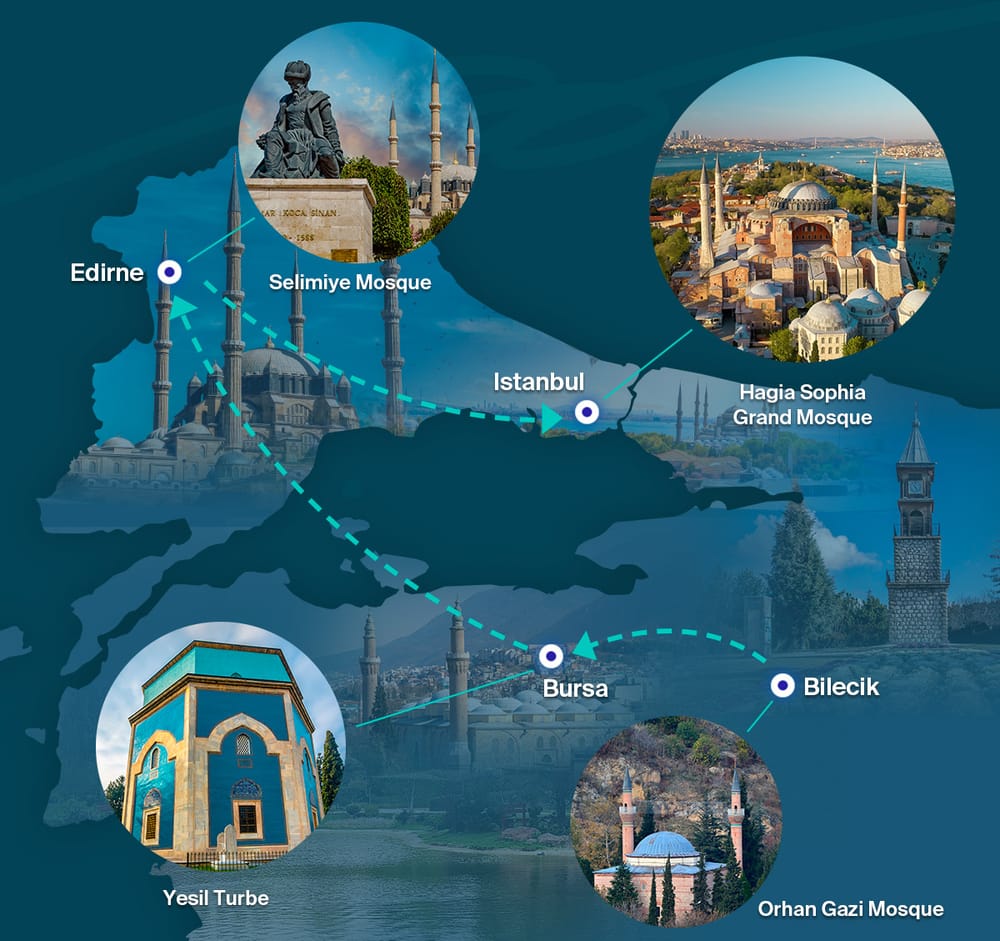By Selene
“The first army to conquer Constantinople will be forgiven.”
– Hadith, Sahih Muslim
These powerful words echoed through the hearts of Muslim rulers for centuries — until, on May 29th, 1453, a 21-year-old Sultan Mehmed II stepped into Constantinople and shifted the course of Islamic history forever.
After tracing the Umayyads across al-Andalus and exploring the spiritual layers of Egypt (as I shared in Beyond the Horizon), I couldn’t help but ask: What about the Ottomans? Their faith-driven vision and enduring legacy deserved a chapter of their own.
So I continued the journey. From Cairo to Istanbul, flying comfortably with Flynas, I set my compass toward the city once known as Kostantiniyye.
For fellow jemaah completing Umrah, Istanbul makes a powerful post-Umrah destination. You can fly directly from Jeddah to Istanbul, and if your Saudi entry was on a tourist visa, you’re usually allowed to re-enter Saudi Arabia later for your return flight home — no new visa needed.
Faith doesn’t end at the Kaaba. Sometimes, it continues in the footsteps of those who came after.
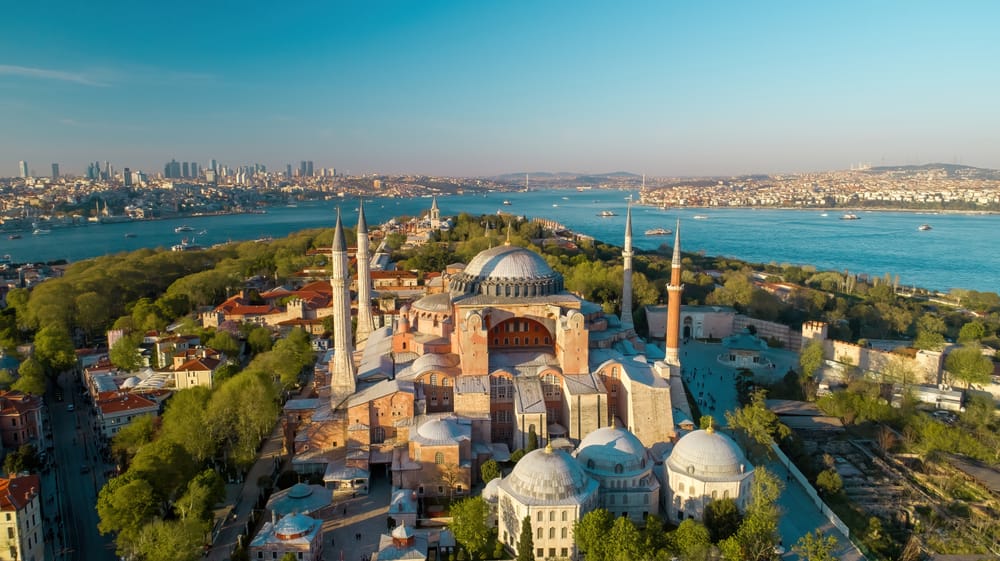
🕌 The Conquest: Mehmed II and the Spiritual Siege
Born in Edirne, raised among scholars, and crowned young, Mehmed al-Fatih wasn’t just a conqueror — he was a visionary.
- He studied the hadith about Kostantiniyye.
- Built Rumeli Hisari to block aid to Byzantium.
- Commissioned the massive cannon from Orban to breach the “impenetrable” walls.
- Tactically bypassed the Golden Horn chain by dragging warships overland.
After 55 days of siege, Constantinople fell — but it wasn’t destruction. It was renewal. Mehmed went directly to Hagia Sophia, declared it a mosque, and prayed.
For the faithful traveler today, praying there — now Ayasofya-i Kebir Camii — is still one of the most moving moments Istanbul offers.
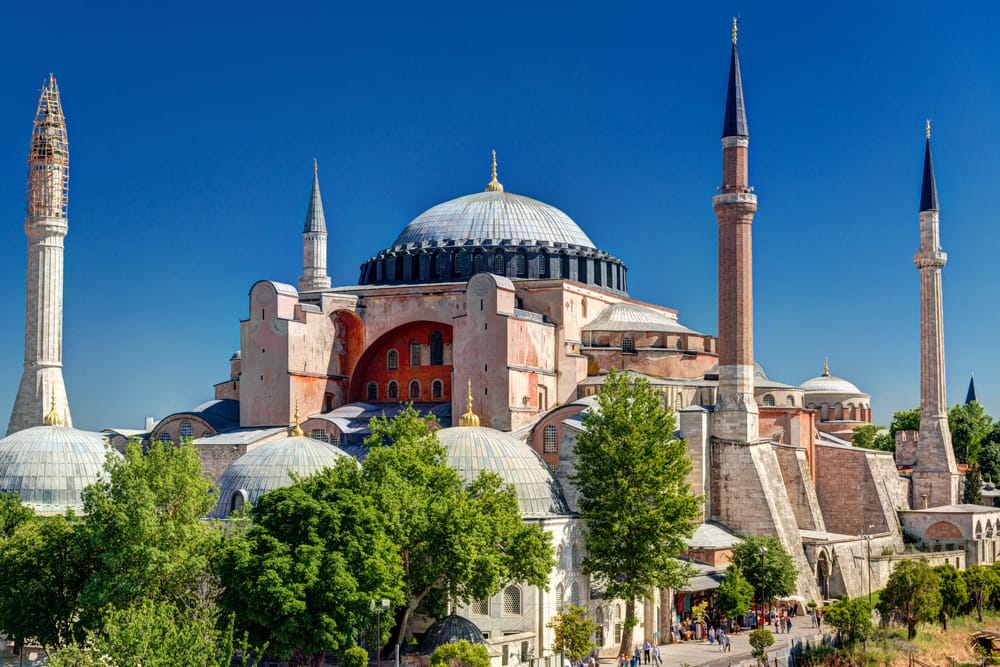
✈️ Why Istanbul After Umrah? It Just Fits
Just as Islam spread westward with the Umayyads, the Ottomans spread it upward — into the Balkans, Anatolia, even into Italy.
Returning from Umrah, a stopover in Istanbul becomes a symbolic step:
- Qatar Airways offers smooth layovers via Doha.
- Etihad Airways lets you book multi-city trips with Istanbul extensions.
- Flynas connects from Jeddah/Madinah affordably and efficiently.
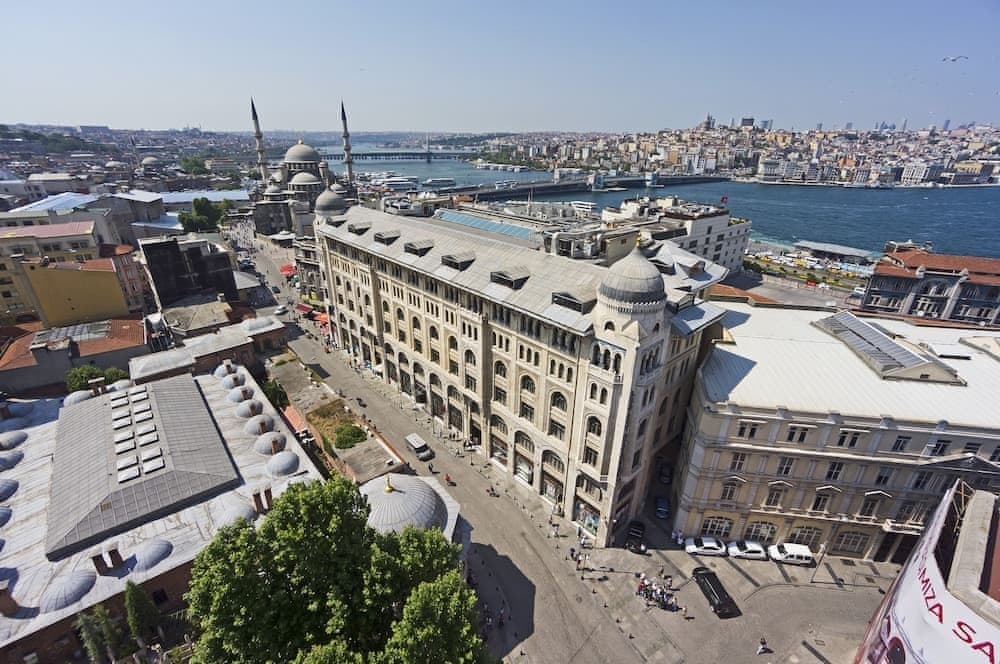
🏨 Stay Ottoman-Style (with HalalBooking)
Let the spirit of the city envelop you. I booked through HalalBooking and stayed near Sultanahmet — walking distance to:
- The Blue Mosque
- Hagia Sophia
- Topkapi Palace
- Eyüp Sultan Mosque
Look for options with:
- Alcohol-free rooms
- Prayer-friendly features
- Halal breakfast with Bosphorus views
Bonus tip: Book through Selene’s affiliate link for discounts on your next faith-based trip.
📜 Pelago Tours: From Söğüt to the City Walls
To truly retrace Mehmed II’s path, I booked a Pelago historical tour that began in Söğüt — the humble birthplace of the Ottoman Empire, where Osman Gazi laid the foundation of what would become one of history’s most enduring dynasties.
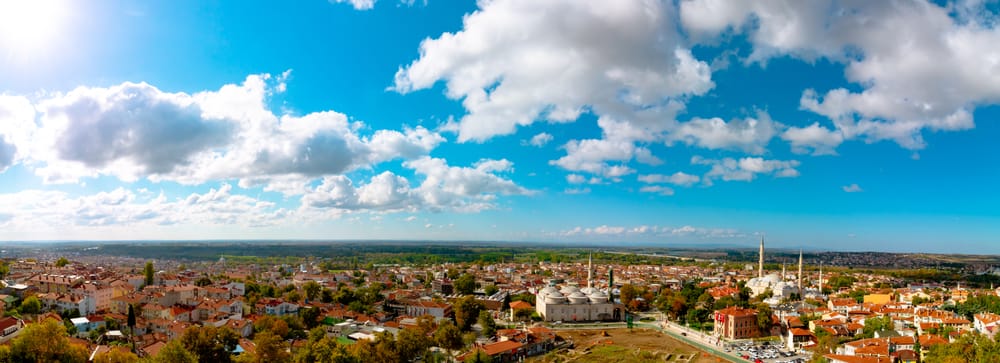
Our first stop was Edirne, the former Ottoman capital, where Mehmed II was born and educated. Walking through its streets, I imagined the young Sultan pouring over military strategies and Qur'anic studies, unaware he would one day fulfill a centuries-old prophecy.
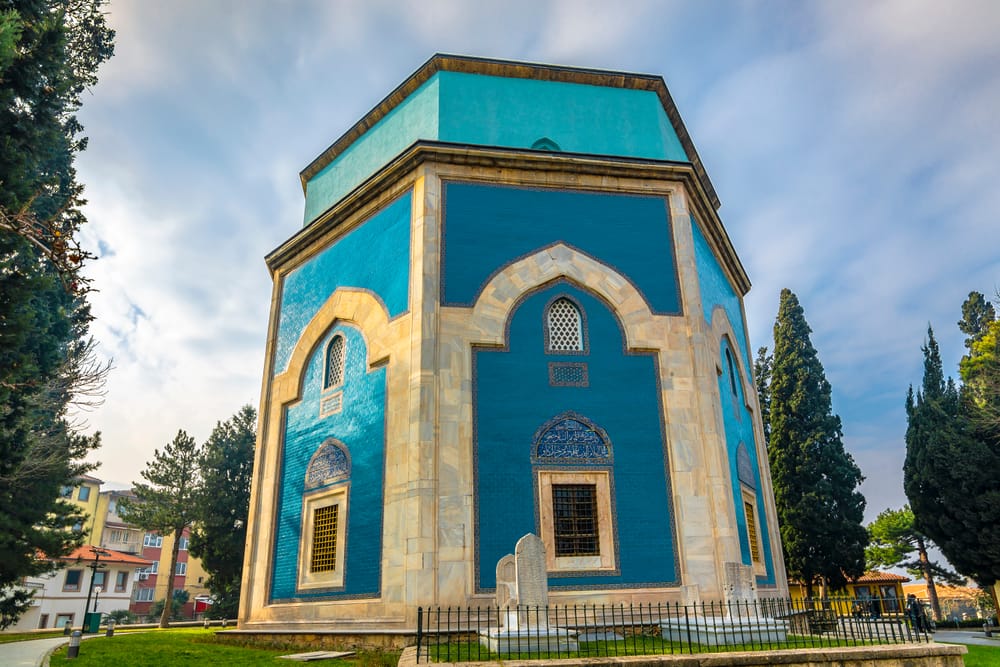
From there, we travelled to Bursa, the first capital of the Empire, where the legacy of early Sultans like Orhan and Mehmed I is preserved in breathtaking sites like the Green Tomb (Yeşil Türbe). The city breathes Ottoman spirit — from its tranquil mausoleums to the vibrant bazaars that still echo the Empire's early prosperity.

Then came Istanbul, where the walls of Constantinople still stand — silent witnesses to the moment Mehmed’s cannons and vision reshaped the world. We visited the mighty Rumeli Fortress, built in just four months to block aid from the north during the siege. Standing atop its towers, I could almost hear the distant roar of cannon fire and the silent prayers of an army fueled by faith.
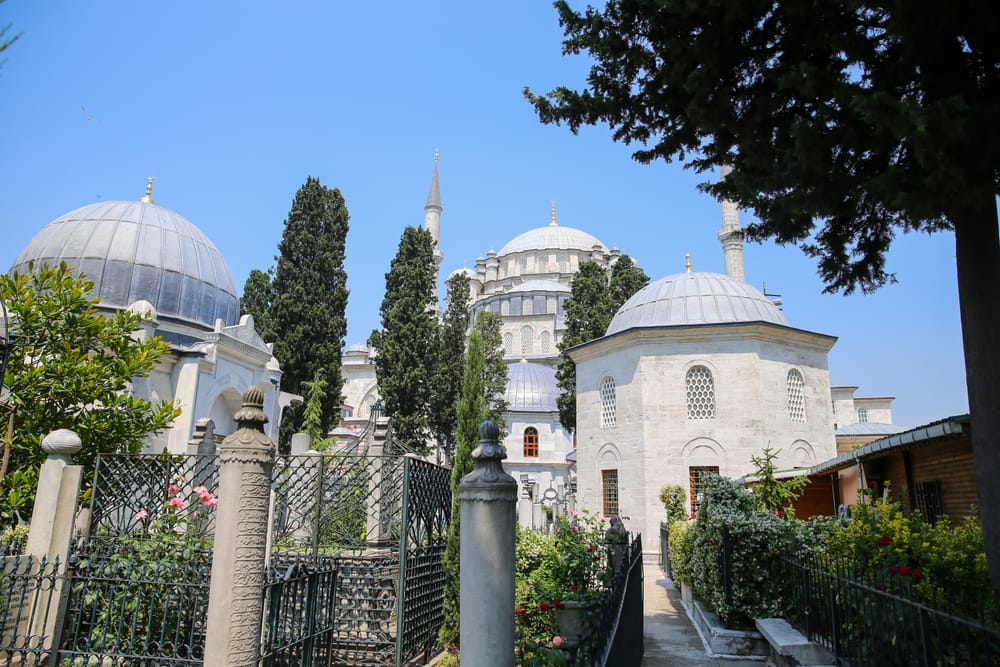
The journey ended at the Tomb of Mehmed II, nestled in the Fatih Mosque complex, named after his title, al-Fatih. Standing by his resting place, I offered a silent dua — not just in admiration, but in reflection. He wasn't just a conqueror. He was a student, a strategist, and a servant of something far greater.
It wasn’t just sightseeing — it was stepping into a living, breathing story written in stone, legacy, and divine ambition.
🧭 Reflection: From the Umayyads to the Ottomans
My “Umrah Plus” journey was originally about the Umayyads — their reach, their cities, their grandeur. But ending in Ottoman Istanbul made me realize something:
The story of Islamic history isn’t linear — it’s layered.
Each dynasty didn’t replace the last — it built on it.
And walking through the Hagia Sophia, or praying Fajr at Eyüp Sultan Mosque, I felt those layers come alive.
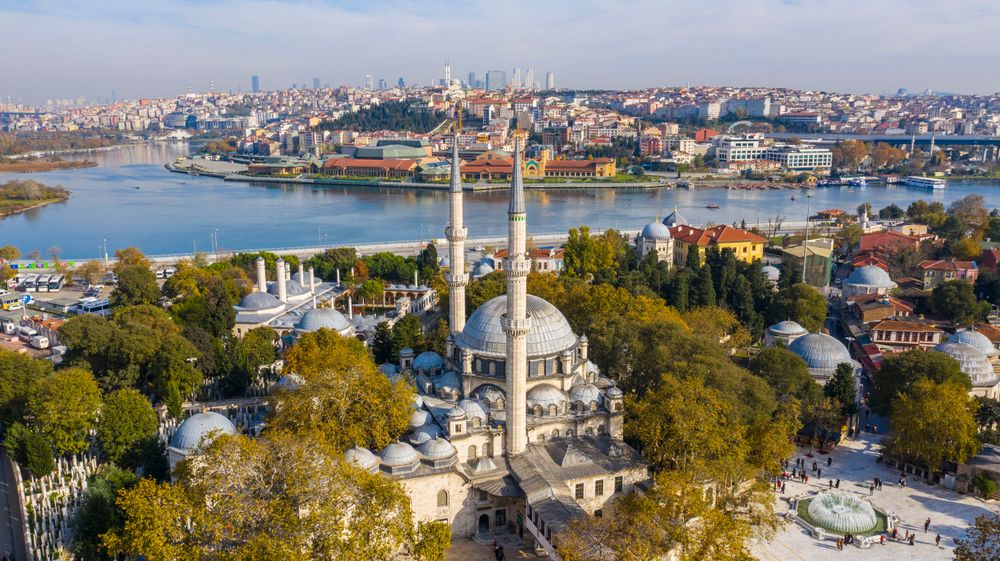
🌙 Faith + Travel: A Legacy Worth Walking
From Cordoba’s arches to Makkah’s minarets, and finally Istanbul’s domes — the journey is more than miles. It’s meaning.
And with the right partners — from airlines like Qatar, Etihad, Flynas, to services like HalalBooking and Pelagus — this legacy becomes accessible, immersive, and unforgettable.
Retrace. Reflect. Return home transformed.
– Selene 🌿
📚 Further Reading
- Journeys of Faith: The Ottoman Conquest of Constantinople
A detailed travel-history piece exploring the pivotal 1453 conquest and how you can trace Sultan Mehmed’s path today. - Retracing the Umayyad Caliphate: A Faith-Inspired Journey from Syria to Spain
Selene’s original blog — connecting the Umayyad legacy from Damascus to Andalusia.
✈️ Explore more on my travel blog
This page may contain affiliate links. If you book through them, I may earn a small commission at no extra cost to you.
Leave a comment
Your email address will not be published. Required fields are marked *







